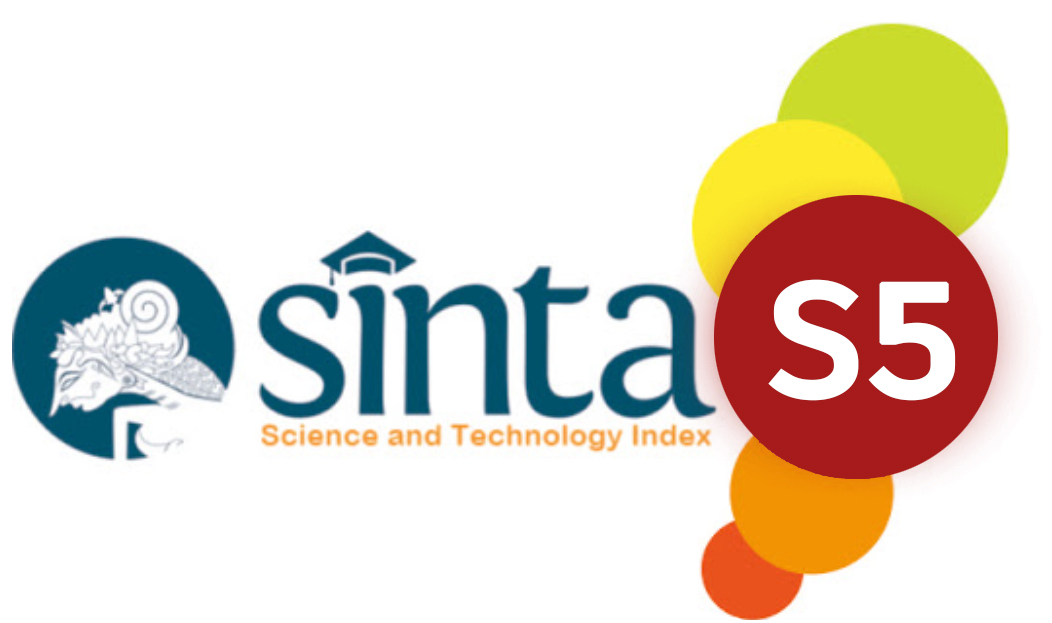KEGIATAN MEMBACA DI KELAS DAN KEMAMPUAN MEMAHAMI BACAAN BERBAHASA INGGRIS SISWA
DOI:
https://doi.org/10.59003/nhj.v4i10.1391Keywords:
Classroom Learning Activities, Reading Comprehension, English ReadingAbstract
To improve the ability to understand English reading material of Grade VII students at SMP Advent Airmadidi, the right strategy is needed to be applied by the teacher. The strategy that can be applied is through Pre-Reading, During Reading and Post-Reading strategies. This study examines whether students' ability to understand English reading material is related to the strategies used by the teacher during classroom learning activities. The purpose of this study is to provide information about students' learning activities in the classroom, the extent of their level of understanding of the English reading material they read, and to prove the research hypothesis which states that there is no relationship between the two variables studied. Data was obtained from 64 grade VII students using the Convenience Sampling method. The results showed that the Pre-Reading strategy was the most frequently used during classroom learning activities, and the students had a good understanding of the English reading material they read. The results of this study also prove that there is a significant relationship between the two variables with a very strong correlation level.
Downloads
References
Afferbach, P., Paris, S. G., & Pearson, P. (2008). Clarifying differences between reading skills and reading strategies. The Reading Teacher, 61(5), 363.
Abdelhalim, S. M. (2017). Developing EFL students’ reading comprehension and reading engagement: Effects of a proposed instructional strategy. Theory and Practice in Language Studies, 7(1), 37-48. https://doi.org/10.17507/tpls.0701.05.
Bascia, N. (2014). The School Context Model: How School Environments Shape Students’ Opportunities to Learn. In Measuring What Matters, People for Education. Toronto: November 8, 2014. Retrieved from: http://www.peopleforeducation.ca/mea-suring-what-matters/wp-content/uploads/2014/12/MWM qualitylearning/Paper.
Beers, K. (2003). When Kids Can’t Read: What Teachers Can Do. Portsmouth, NH: Heinemann.
Cole, J. E. (2002). What motivates students to read? four literacy Personalities: A teacher uses qualitative research to discover her students’ intrinsic motivation to read. The Reading Teacher, 56, 326-336.
DeBruin-Parecki, A., Van Kleeck, A. & Gear, S. (2015). Developing early comprehension: Laying the foundation for reading success. Paul H. Brookes Publishing Co.
Fraenkel, J. R., & Wallen, N. E. (2003). How to Design and Evaluate Research in Education (5th ed.). New York: MacGraw-Hill.
Fung, I. Y. Y., Wilkinson, I. A. G., & Moore, D. W. (2003). L1-assisted reciprocal teaching to improve ESL
students’ comprehension of English expository text. Learning and Instruction, 13, 131.
Glenberg, A. M. (2017). How reading comprehension is embodied and why that matters. International Electronic Journal of Elementary Education, 4(1), 5-18.
Gorsuch, G., Taguchi, E., & Umehara, H. (2015). Repeated reading for Japanese language learners: Effects on reading speed, comprehension, and comprehension strategies. The Reading Matrix, 15, 18-44.
Hall, L. D., Burns, L.D. & Edward, E.C. (2011). Empowering Struggling Readers. Practice for the Middle Class. The Guilford Press: New York.
Halloran, C., Jack, R., Okun, J, & Oster, E. (2021). Pandemic schooling mode and student test scores: Evidence from US states. NBER Working Paper No. 29497. https://www.nber.org/papers/w29497.
Ibrahim, W., Abdullah, U., & Amalia, H. (2024). Factors causing reading comprehension difficulties among the seventh graders. PROJECT (Professional Journal of English Education), 7(2), pp 496-501.
Javed, M., Eng, L. S. & Mohamed, A. R. (2015). Developing Reading Comprehension Modules to Facilitate Reading Comprehension among Malaysian Secondary School ESL Students. International Journal of Instruction, 8(2), 139-154. https://doi.org/10.12973/iji.2015.8211a.
Lah, Yahya C., & Hashim, N. H. (2014). The acquisition of comprehension skills among high and los achievers of year 4 to 6 students in primary school. Procedia Social and Behavioral Sciences, 114 (2014) 667-672.
Laily, R. (2018). The analysis on students’ difficulties in doing reading comprehension final test. Metathesis: Journal of English Language, Literature, and Teaching, 2(2), 253. https://doi.org/10.31002/metathesis.v2i2.958.
Marual, M. (2015). Level of word recognition and reading comprehension: A Basis for a reading program. Asia Pacific. Journal of Education, Arts, and Sciences, 1(5), 69-75.
Meniado, J. C. (2016). Metacognitive Reading Strategies, Motivation, and Reading Comprehension Performance of Saudi EFL Students. English Language Teaching, 9(3), 117-129. https://doi.org/10.5539/elt.v9n3p117.
Sowell, J. (2017). Interactive reading activities. Crossing A Journal of English studies, 8, 260-266. DOI: 10.59817/cjes.v8i.151.
Sugiyono. (2014). Metode Penelitian Pendidikan Pendekatan Kuantitatif, Kualitatif, dan R&D. Bandung: Alfabeta.
Suherman, A. M., & Mandarani, V. (2021). An analysis of students’ difficulties in reading comprehension narrative text faced by ninth grade junior high school students. Academia Open, 4, 1–10. https://doi.org/10.21070/acopen.4.2021.3032.
Velásquez, A. L. & Giraldo, M. C. (2011). The English Reading Strategies of Two Colombian English Pre-service Teachers. Ikala Revista de Language y Cultura, Vol. 16, No. 28 (mayo – agosto de 2011).
Taj, I. H., Ali, F., Sipra, M. A. & Ahmad, W. (2017). Effect of technology enhanced language learning on EFL reading comprehension at tertiary level. https://doi.org/10.24093/awej/vol8no1.9
Tanjung, N.J.U., Lubis, Y., & Daulay, E. (2022). The Effect of Pre-Reading, During Reading, and Post Reading Activities to Monitor Students’ Comprehension in Reading Narrative Text. INSPIRATION: Instructional Practices in Language Education, 1(2).
UNESCO. (2017). Literacy. Retrieved from: https://en.unesco.org/themes/literacy.
Downloads
Published
How to Cite
Issue
Section
License
Copyright (c) 2025 Elizabeth Meiske Maythy Lasut

This work is licensed under a Creative Commons Attribution-NonCommercial-ShareAlike 4.0 International License.
NHJ is licensed under a Creative Commons Attribution-NonCommercial-ShareAlike 4.0 International License.
Articles in this journal are Open Access articles published under the Creative Commons CC BY-NC-SA License This license permits use, distribution and reproduction in any medium for non-commercial purposes only, provided the original work and source is properly cited.
Any derivative of the original must be distributed under the same license as the original.
























